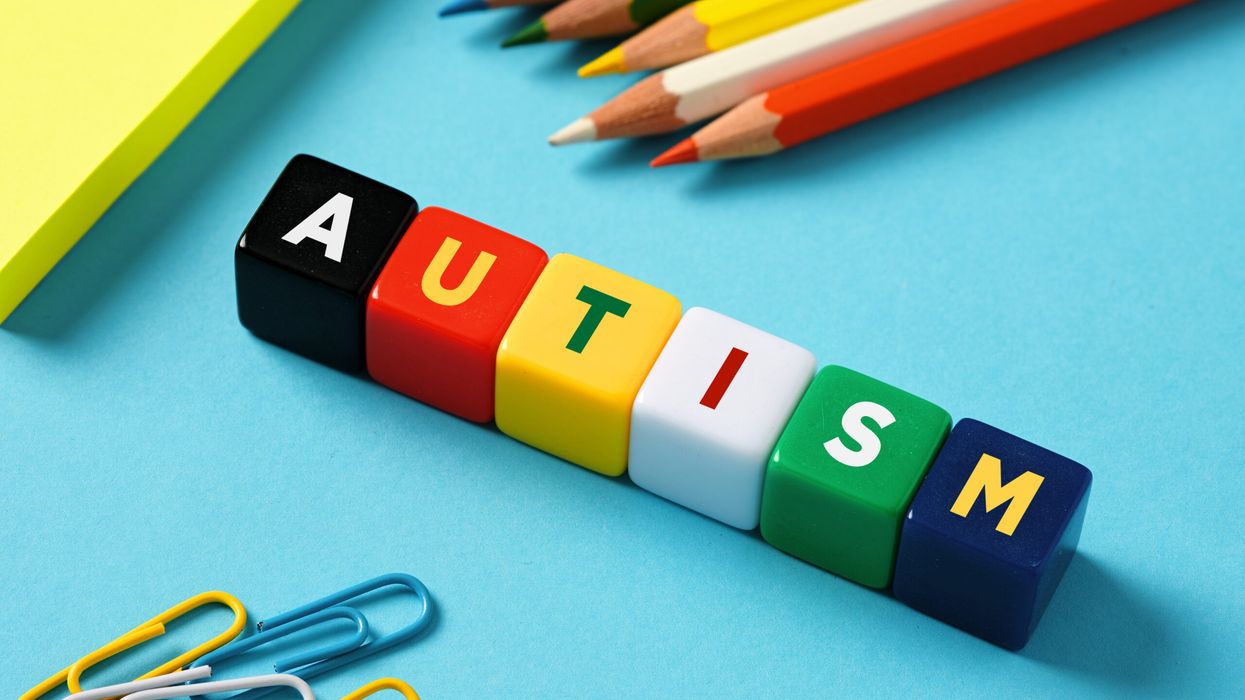EXPOSURE to air pollution during critical periods, such as late pregnancy or early childhood, may significantly increase the risk of autism, a recent study suggests. Researchers reviewed prior studies and found that common pollutants, including fine particulate matter (PM2.5) and nitrogen oxides, can initiate complex biological responses that might impact brain development.
Autism is a neurodevelopmental disorder that affects social skills and behaviour, with early signs often emerging between one and two years of age, such as difficulty with non-verbal communication and limited eye contact.
“Different kinds of neurological disorders, including autism spectrum disorder, can be associated with this environmental factor,” said Haitham Amal from the Hebrew University of Jerusalem, the study's senior author, published in the journal Brain Medicine. “The timing of exposure appears crucial, with heightened vulnerability during prenatal development and early childhood when critical neurodevelopmental processes occur,” Amal added.
The study further suggested that individuals with a genetic predisposition to autism may be more sensitive to the adverse effects of air pollution, according to Amal. The researchers identified several biological pathways through which air pollution could influence autism risk, including nitrosative stress caused by nitric oxide exposure, as well as inflammation, oxidative stress in the brain, and disruptions to the endocrine system.
Additionally, the team found that small particles, particularly PM2.5 and nitric oxide by-products, can cross the placenta, potentially impacting the brain development of a foetus. This finding, the study noted, raises concerns about protective measures for pregnant women in highly polluted regions.
In related research, a 2021 Harvard University study published in Environmental Research Letters found a 64 per cent increase in autism risk with exposure to 10 micrograms of PM2.5 per cubic metre of air during early childhood and a 31 per cent increase when exposed during late pregnancy, particularly in the third trimester.
(With inputs from PTI)












